Dickinson to Durban » Environmental Justice, Mosaic Action » Reversing the Cycle of Poverty
Reversing the Cycle of Poverty
By: Anna McGinn ‘14
While in the Valley of 1000 Hills, we witnessed the reality of poverty in rural South Africa. Children playing along the side of the highway, one room houses often with patched or collapsed roofs and crumbling clay walls, and outhouses next to most houses characterized the communities we travel through as we distributed food and clothes on behalf of the Makaphutu Children’s Village. The need is stark and the resources are scarce. Through talking to people about the area, we learned how gravely HIV/AID has and continues to impact the community. Due to HIV/AID and the host of other diseases which come along with it, these communities are struggling to sustain themselves. They do not have adequate access to the medical care and drugs needed to live with HIV/AID which leads to a plethora of other issues as the middle aged population disappears from the society. Additionally, the education system is extremely lacking and unemployment is high. It seems, at least at first, that this community is stuck in a vicious cycle of poverty which is nearly impossible for anyone who is born into it to escape.
In some sense, this is true. Many people will never climb out of the poverty they were born into. However, both children’s villages we visited hold strong potential for not only lifting their children out of poverty, but also helping the entire surrounding community. During our brief visit to Lily of the Valley Children’s Village, we learned of the remarkable work they are doing for their children and their community. Here are a few examples of initiatives they are taking and projects they are working on:
1. They have a series of greenhouses (which they plan to expand) for tomato farming. They employ people from the community to work in these greenhouses. The tomatoes are sold to a distributor who sells the tomatoes to local grocery stores. The revenue from the tomatoes goes towards funding the needs of the children’s village. Currently, the tomato farming pays for about 5% of their needs, but they are hoping to increase this number to 50% by installing more efficient greenhouses. Additionally, they hope to employ some of their oldest children for a few years before they leave the village so they have work experience.
2. Education in the community is inadequate. Brendan, one of the directors of Lily of the Valley, explained that there are 70 to 80 children in any given class with one teacher in one room. Usually only one fact is taught per class and homework is to write down that same fact. To remedy this, Lily of the Valley is developing a school for both their children and the community children. This school will have smaller class sizes and will offer an overall stronger education. Some grade levels are already up and running while other will be opening soon.
3. Lily of the Valley has also started a fund through which they donate money to community members in need. Under the guidance of the directors, a panel of older children has the opportunity to decide where to donate the money. Basically if one of the children from Lily learns while at school that their friend’s roof collapsed during a recent storm or his or her family’s cow died, that Lily child then returns to the children’s village and reports this to the panel. The panel reviews the situation and allocates the appropriate amount of money to be given to that child’s family to fix their roof. This not only helps the community, but it also put the Lily children in a position to give to others in their community.
4. Lily runs a medical clinic for their children and the community. They recently installed a state-of-the-art X-ray machine and were approved by the country to be a distributor of ARVs. With the X-ray machine, tuberculosis can be detected sooner which means that more lives can be saved. This means that the HIV/AIDs drugs will be more accessible to the community which will allow more people to follow their regiments. Further, Lily will be able to administer the drugs to their children who are HIV positive which will save them the time and resources it takes to transport the children to the nearest hospital. A variety of doctors, nurses, and dentists are generally available at the clinic.
Lily of the Valley is an incredible and impressively efficient organization which cannot emphasize enough how much they value their children. Brendan continually explained that they treat every child as if he or she was their own. The children are not numbers; they are valued individuals who are the hope of the community. Lily of the Valley is taking the harsh cycle of poverty and turning it around to create a cycle of empowerment and action. They have tangible impacts on the children and the community and it seems like these positive impacts will continue to amplify and expand. In a place such as this community where poverty is the norm, Lily of the Valley and other similar organization stand as beacons of hope for the future. It is safe to say that the children who grow up in the Children’s Village will emerge as leaders of the area, and they seek out the resources and infrastructure necessary to help the people of their community live in a healthier, more stable, and more sustainable manner.
Filed under: Environmental Justice, Mosaic Action · Tags: Anna McGinn, Lily of the Valley Children's Village, Makaphutu Children's Village, poverty, South Africa, Valley of 1000 Hills
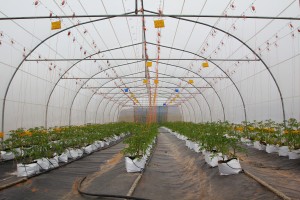
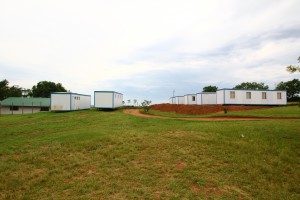
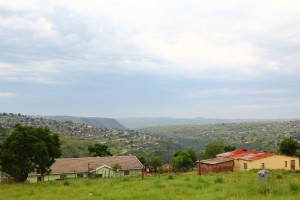
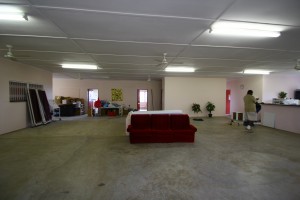
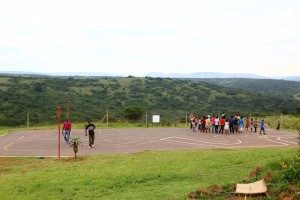








Recent Comments